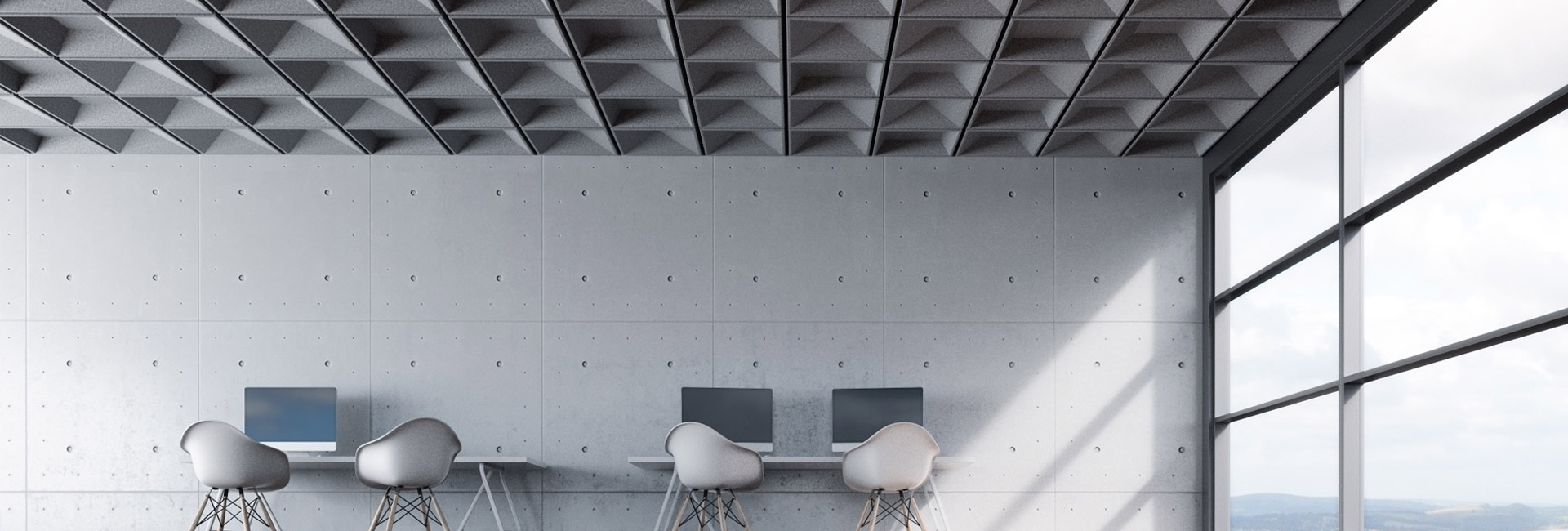Summary:For an access panel in a high-traffic area, the better materials to consider are:
1. Steel
Advantages: Extremely durable and resistant to impact. It ......
For an access panel in a high-traffic area, the better materials to consider are:
1. Steel
- Advantages: Extremely durable and resistant to impact. It can withstand heavy usage, making it ideal for commercial and industrial settings.
- Considerations: Ensure it has a protective coating to prevent rust.
2. Stainless Steel
- Advantages: Offers all the durability of steel with enhanced corrosion resistance. It’s also easy to clean and maintain, making it suitable for areas that require hygiene.
- Considerations: Typically more expensive than standard steel but worth the investment for high-traffic areas.
3. Aluminum
- Advantages: Lightweight yet strong, aluminum is resistant to corrosion and can handle moderate impacts well. It’s a good option if weight is a concern.
- Considerations: While it’s durable, it may not withstand as much impact as steel, so consider the specific traffic level.
4. Fiberglass
- Advantages: Strong and resistant to moisture and chemicals. It’s lightweight and can handle impacts without denting or rusting.
- Considerations: Ensure it’s designed for heavy-duty use if placed in a high-traffic area.
5. Heavy-Duty Plastic (PVC or ABS)
- Advantages: Resistant to moisture and impacts, making it suitable for environments where chemicals or water exposure is common.
- Considerations: Ensure it meets the durability requirements for your specific application.
Conclusion
For high-traffic areas, steel or stainless steel are generally the good options due to their strength and durability. If weight and corrosion are concerns, aluminum or fiberglass are also good alternatives. Always consider the specific environmental conditions and traffic levels when making your choice.


 English
English 简体中文
简体中文 France
France España
España العربية
العربية










